China's stock market and its component Hong Kong stock market have recently shown a rare and strong rise, a phenomenon that has attracted widespread attention around the world. Many leading international capital companies, including Morgan Stanley, HSBC, Citigroup, BlackRock, UBS, etc., have successively increased their evaluation of China's A-shares or set higher index target prices. They set about upgrading the evaluation of A-shares from "neutral" to "significant allocation." Some institutions that had been bearish on A-shares for a long time also quickly changed their stance and simply changed their "position reduction" to "significant allocation." At least at the level of public opinion, A-shares have triggered enthusiastic responses from global capital markets.
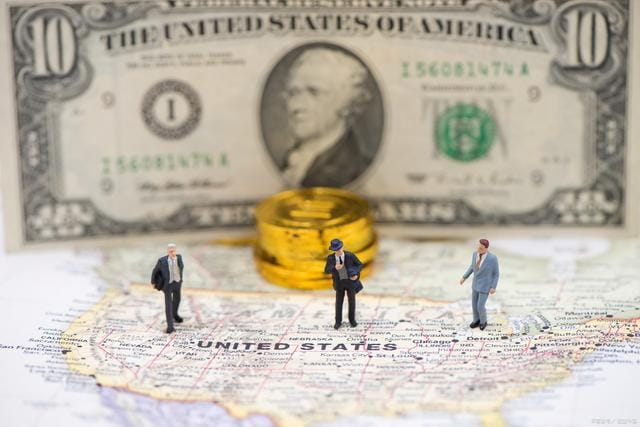
In addition to mentioning the rising popularity of A-shares in words, has international capital also actually been involved in the A-share market on a large scale?
8.95 On September 27, it continued to purchase China Pacific Insurance H shares with an amount of HK$2.67 billion, BYD H shares with an amount of HK$17.91 billion, Tsingtao Brewery H shares with an amount of HK$2.42 billion, and Hong Kong Exchanges and Clearing H shares with an investment of HK$18.13 billion. Within two days, JPMorgan Chase invested more than HK$5 billion to actively acquire Chinese assets.
In the first five days, ETFs tracking the A-share index showed a significant upward trend. F. The growth rates of Boshi Science and Technology 50 ETF and Bosera Science and Technology 50-RETF were 159.73% and 114.86% respectively, while the growth rate of Bosera Science and Technology 50-RETF was 101.82%. The value-added rate of eight exchange-traded open-end index funds, including F, XL, 2 Southern CSI ETFs and PP Science and Technology ETF, all exceeded 50%.
The connection to China has prompted more dramatic swings in overseas securities prices. Since September 30, the China Southern CSI 500 Index ETF listed for trading in Japan has shown a significant growth trend. As of Friday's closing price, the increase has exceeded 1,000%, which is equivalent to a market value that has expanded a full 10 times. 21.81%, double the leverage to go long CSI 300 ETF-Direxion, its increase reached 15.23%.
Obviously, the trend of international funds favoring A-shares has begun to emerge. The topic of greatest concern to the public is undoubtedly whether the A-share market will usher in a larger influx of funds after the holiday.
I suggest that we should not rush for success. The trend of the A-share market has been determined, but currently only domestic funds are active, at least the army of international funds has not yet taken action. Moreover, their behavior patterns and how they act all depend on whether the plot development of this century showdown is attractive enough.
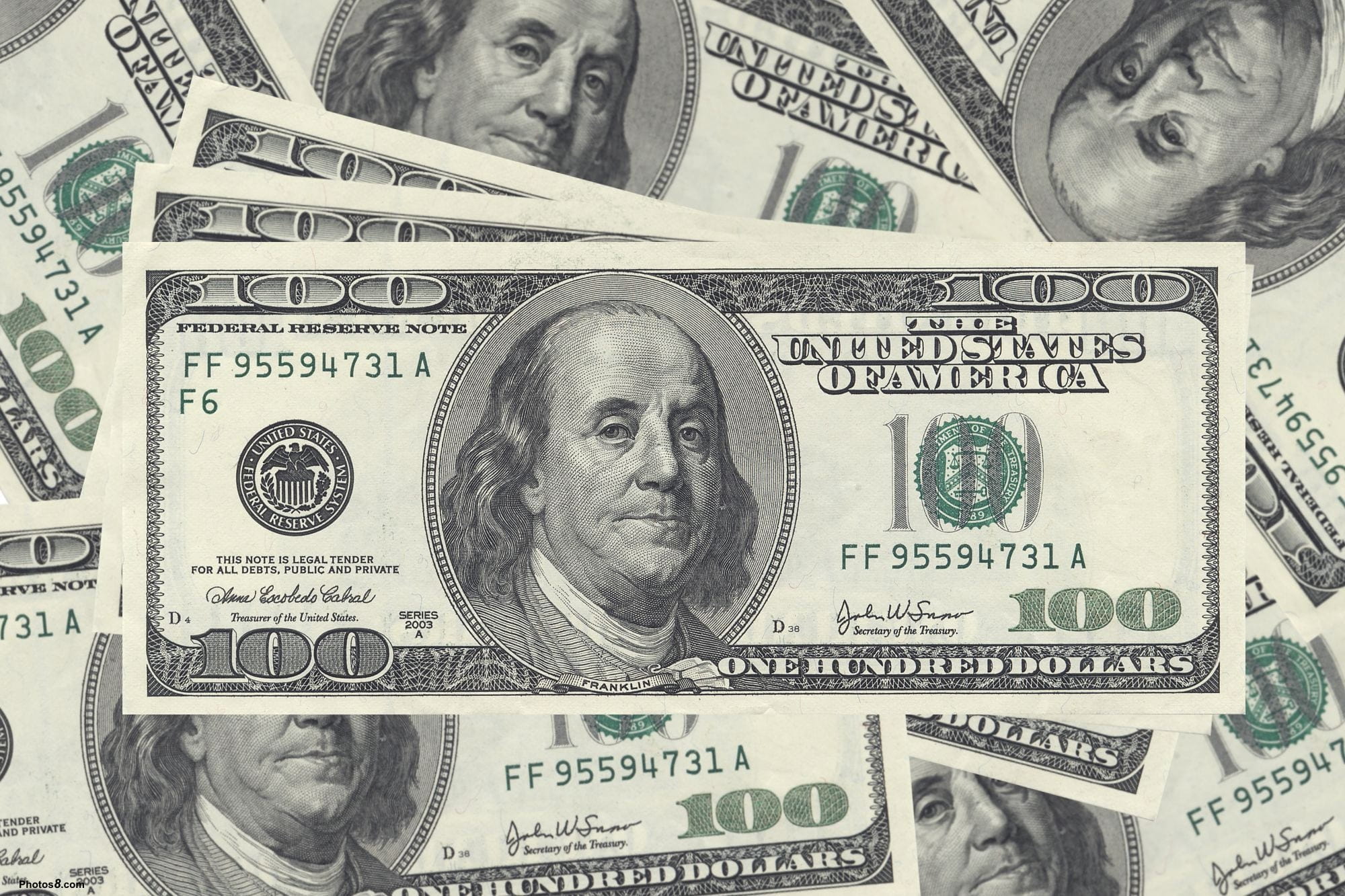
01
The United States’ financial war has now turned into a financial defense war.
In general, although the published data reveals that international funds have taken some actions to absorb A-shares and Hong Kong stocks, the scale is relatively small. The key force driving the rise of A-shares and Hong Kong stocks is domestic funds.
From an objective perspective, the sharp rise of A-shares before the holidays and the continued rise of Hong Kong stocks after a single trading day of the holiday seem to be extremely rapid, which seems to indicate that international capital has not yet fully responded to this phenomenon. The 5 billion Hong Kong dollars injected by Morgan into Hong Kong stocks can only be regarded as a drop in the ocean in Morgan's overall capital scale. Although the A-share Southern CSI 500 Index ETF surged tenfold in the Japanese market, the flow of funds was actually concentrated in the Japanese stock market rather than directly invested in the Chinese market. They actually speculated on assets related to the Chinese economy. This phenomenon shows that market participants are optimistic about the future prospects of China's A-shares. However, it is worth noting that these funds have not actually been injected into the capital market in mainland China.
Buffett, the stock god who has been reducing his holdings in the U.S. stock market for a long time, has a cash reserve of hundreds of billions of dollars, and has not yet shown any signs of action in the A-share market. At present, the main action taken by Buffett is still to continue to reduce his holdings in U.S. stocks, and also reduce the investment share of the Japanese stock market, but no new investment measures have appeared. It seems to be more inclined to reflect the "cash dominance" rather than investing funds in emerging markets. Even if Buffett has no confidence in the future world, it is certain that he is currently taking a cautious attitude. In the face of the global A-share boom, we have to admire Buffett's patience. He can actually hold on. As for how long we can sit, we can only watch while we walk.
In stark contrast to Buffett, the US government and the Federal Reserve obviously hold different views. Just as everyone was enthusiastically discussing the trend of A-shares and was ready to take action, the US government timely released the non-farm employment data for September. Surprisingly, the US non-farm data for September was exceptionally excellent and performed unexpectedly well. How amazing is the degree of excellence?
Amazing! The abnormal surge in non-farm payroll data is unprecedented in history. Its amazing performance can even reverse the Fed's interest rate cut strategy. It is a rare phenomenon and amazing! !
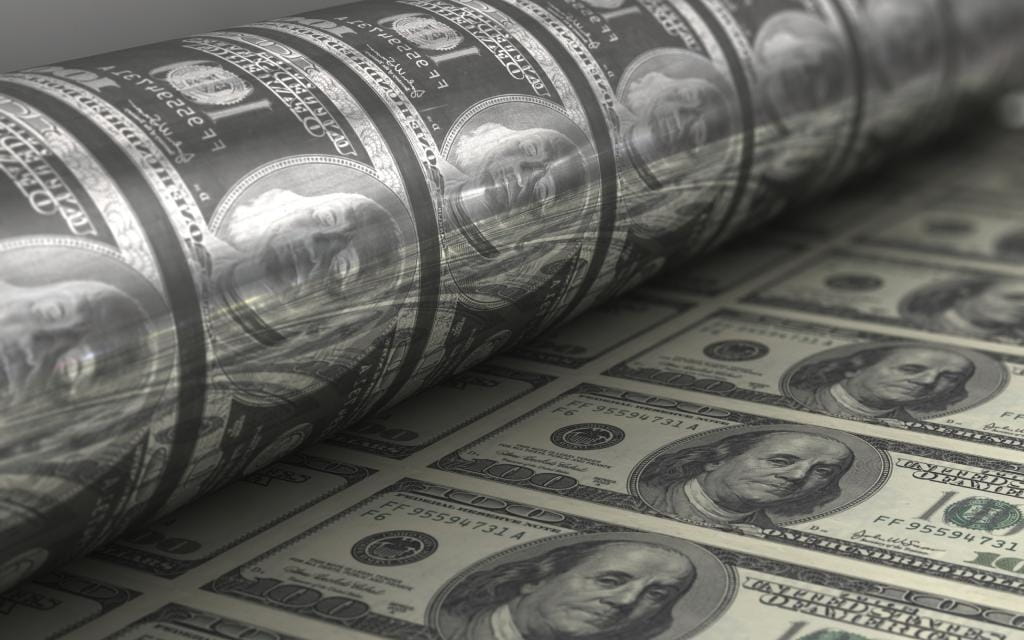
25.4 This value is significantly higher than the market’s original estimate of approximately 150,000 people. 8.9 The number of people increased from 100,000 to 144,000, and was further adjusted to 159,000 in August.
As we all know, the recent US non-farm data has always shown a peculiar phenomenon, that is, it shows an unusually good performance at the moment of release, and then adjusts or even repeatedly amends it in the next month or even in subsequent months. It seems that the so-called non-farm data is actually more like a flexible "multi-purpose tool" rather than a fixed statistical result.
When the August non-farm payrolls report was released, the US also adjusted the non-farm data for June and July. 14.2 A total of 10,000 jobs were created, and the previously released July new job creation data was adjusted from 114,000 to 89,000, while the June figure was revised from 179,000 to 118,000.
Ironically, the adjustment strategy adopted last month when adjusting the employment statistics for June and July was to reduce the amount of jobs, from a large adjustment to a fine adjustment. However, this month, when revising the data for July and August, the situation reversed, from fine adjustment to increase, and began to artificially increase the water content of the data. The total number of new jobs on November 4 reached 10,000, which was subsequently adjusted to 8,900 and recently revised to 14,400.
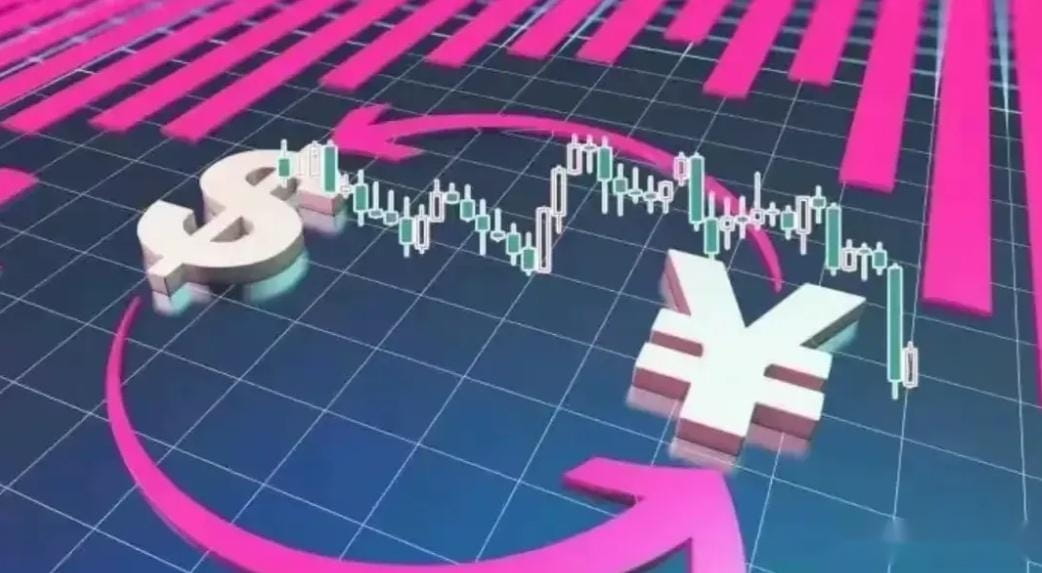
The US non-farm data fluctuated dramatically, raising questions about its authenticity.
The reasonable explanation is that in order to adapt to the Fed's interest rate cut in September, the employment indicators in June, July and August should avoid showing a satisfactory trend. The reason for the interest rate cut should be based on the poor economic conditions and the sluggish job market. The interest rate cut will stimulate investment activities, stimulate economic growth, and expand employment opportunities. If the non-agricultural performance is excellent and the job market is strong, indicating an overheated economy, then the interest rate cut will be unreasonable.
However, the Federal Reserve just announced a rate cut on September 18, less than a month later. Why did it change its strategy now and stop the expectation of further rate cuts?
14.2 Obviously, the surge from 10,000 to 254,000 directly points to the phenomenon of overheating of the economy. It is not appropriate to lower interest rates. Given the current heat of economic data, it seems more appropriate to immediately adjust to a rate hike strategy.
However, is the U.S. economy indeed booming and the job market growing significantly?
Obviously, and not just in the official information released by the US government, there are actually no signs that the US economy is showing a positive trend, let alone a prosperous scene.
There seems to be only one possible reason for stopping the interest rate cut so hastily, that is, the A-share market has become hot. This means that international capital, especially represented by Wall Street, will inevitably flock to the A-share market. If this situation does happen, wouldn’t the carefully planned cycle of US dollar interest rate hikes be in vain?
In any case, in order to curb the inflow of funds into China, the US government will have to do its utmost to deal with this matter. Please do not accuse the US Department of Labor of being reckless when releasing non-farm data. In fact, the core of the US economy has completely transformed into a pure "digital economy". Do not be confused. The "digital economy" mentioned here does not refer to the technology-driven economic system in the Internet era, but specifically refers to the virtual economic form that operates with digital elements as the core. Faced with the current economic difficulties of the American people, they should remain patient and hope that the US government and the Federal Reserve will win in the financial battlefield, and provide support to the people through the issuance of relief funds and other means after the economic recovery and improvement of the fiscal situation.
Since the establishment of the dollar hegemony, the United States has continued to implement rounds of dollar cyclical plundering strategies. However, this time it seems difficult to continue. Although the interest rate hike phase has indeed gathered a huge amount of funds, the maximization of profits still needs to wait until the interest rate cut period to encourage dollar capital to flow into the global market and compete for high-quality and low-cost assets.
Generally speaking, after the interest rate cut process begins, funds will quickly flow into global markets, especially the huge Chinese market, to bid for cheap assets. Isn't this a carefully planned script?
This harvest was not easy.
When the Federal Reserve decided to cut interest rates on September 18, the Chinese authorities immediately launched a number of measures on September 24 to kick-start the A-share market and cause it to rise by more than 20%.
Wait a minute, we need to wait further. The reason behind the Fed's continued suspension of the interest rate cut decision has not been eliminated, and the situation they are most worried about has emerged. Obviously, Wall Street and the US government have not responded accordingly, at least they have not been able to firmly control the trend of A-shares as in the past. I haven't set off yet, but you are already scrambling frantically. How can this be accomplished? No more interest rate adjustments, no more interest rate adjustments.
Not only did the US fail to implement a rate cut policy, it even intended to use administrative and judicial measures to restrict US capital from entering the Chinese market. On September 25, the US House of Representatives' "Special Committee on China" openly declared that "US capital investing in China is equivalent to digging its own grave", and claimed that the committee's core responsibility is to promote legislation to restrict US investment activities in China.
The United States has already started its anxious response mode, and hastily adopted emergency interest rate cuts to stabilize the situation. Compared with the previous dollar cycles that plundered the world, this dollar cycle has shown obvious stagnation, making all parties feel difficult, and there is even the possibility of complete failure and being harvested by other countries.
It is precisely based on this point that the financial war led by the United States, despite its rich experience, has now evolved into a financial defense war. The United States has been forced to turn from active to passive. On the one hand, it stubbornly sticks to the ladder of high interest rates, and on the other hand, it stands firmly on the ladder of high inflation, and neither is willing to give in. Even in the face of the surge in US dollar interest rates and treasury bond interest rates to unprecedented levels, it remains unmoved and insists on staying in office. On the other hand, the heat of the A-share market is unstoppable and will inevitably cause a lot of funds to pour into it.
Witnessing this scene, do we also feel the same way and can’t help but laugh out loud, “It’s your turn”? !
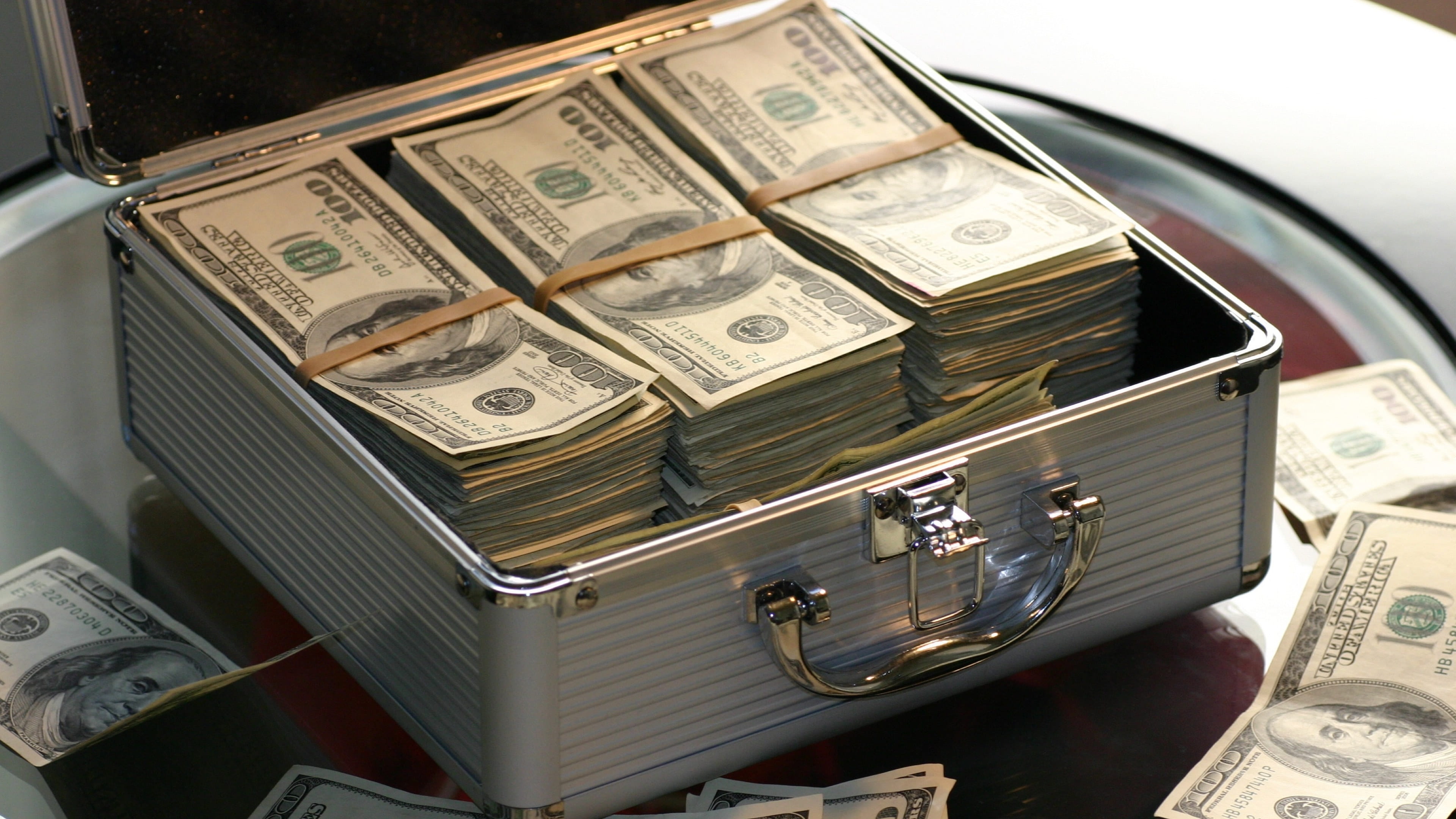
02
Asset pricing power is the core of the financial defense war.
In order to explain the concepts of financial warfare and financial defense warfare, we need to analyze it from the perspective of asset pricing power. The US dollar can participate in the circular harvesting strategy, and its core strategy is to seize and control the dominant power of asset pricing.
The U.S. dollar interest rate hike triggered a return of global capital to the United States, causing currencies of various countries to face selling pressure and depreciate sharply; conversely, asset prices measured in local currencies rose significantly. When the U.S. dollar cuts interest rates, U.S. dollar capital will flow back to all parts of the world. With its unrivaled exchange rate advantage, it will attract currencies from various countries to pour into their respective markets. The continued inflow of U.S. dollars will inevitably trigger the gradual appreciation of various local currencies, thereby driving Prices fall; then, you can start acquiring a variety of low-priced but high-quality assets. When the U.S. dollar raises interest rates, currencies around the world depreciate relative to each other, triggering price inflation; subsequently, as the U.S. dollar cuts interest rates, currencies of various countries appreciate, causing prices to fall. In this cycle, the U.S. dollar harvest cycle is fully realized, which also involves the harvest of high-quality assets. In this context, two core links are crucial: First, using the U.S. dollar’s interest rate hike strategy to amplify exchange rate differences, the U.S. dollar relies on its prominent exchange rate status to obtain global monetary resources; at the same time, high inflation forces capital in various countries to prioritize holding Have dollars to earn interest income instead of making local investments. Second, the U.S. dollar interest rate cut has promoted the appreciation of various currencies, thereby depressing asset prices, thus starting a large-scale capital recycling process.
Undoubtedly, when the asset harvest is completed, a new cycle will begin. Then, interest rates will be raised to depreciate the currencies of various countries, and at the same time help the value of assets rise. Then assets will be sold at high prices, and the significant exchange rate advantage will be used to exchange them back for US dollars.
In this round of dollar cycle, China is the most affected. Against the backdrop of the US dollar rate hike, global currencies generally depreciated, while the RMB showed strong stability; when the world was facing inflationary pressure, China showed deflation. Because China did not follow the pace of the US dollar to adjust its monetary policy, the Federal Reserve hesitated between raising and lowering interest rates. When the United States faced high inflation and a real economic recession, forcing the Federal Reserve to switch to a rate cut strategy, China unexpectedly took the lead in launching stock market operations, leading domestic capital to actively compete for low-priced assets, showing its firm determination to maintain asset pricing power without compromise.
From the perspective of financial conflicts dominated by the US dollar, China has undoubtedly taken positive measures to launch a financial defense campaign aimed at preventing tragedies similar to those that have frequently occurred in the A-share market in the past, especially the embezzlement of national assets by international capital, from happening again.
However, from the perspective of the United States or the dollar, is this still the same financial raid as before?
Today's US government, the Federal Reserve and US dollar capital are indeed facing difficulties. If you don't participate, you may miss the opportunity of A-shares rising; if you invest, you may find it difficult to obtain cheap investment targets.
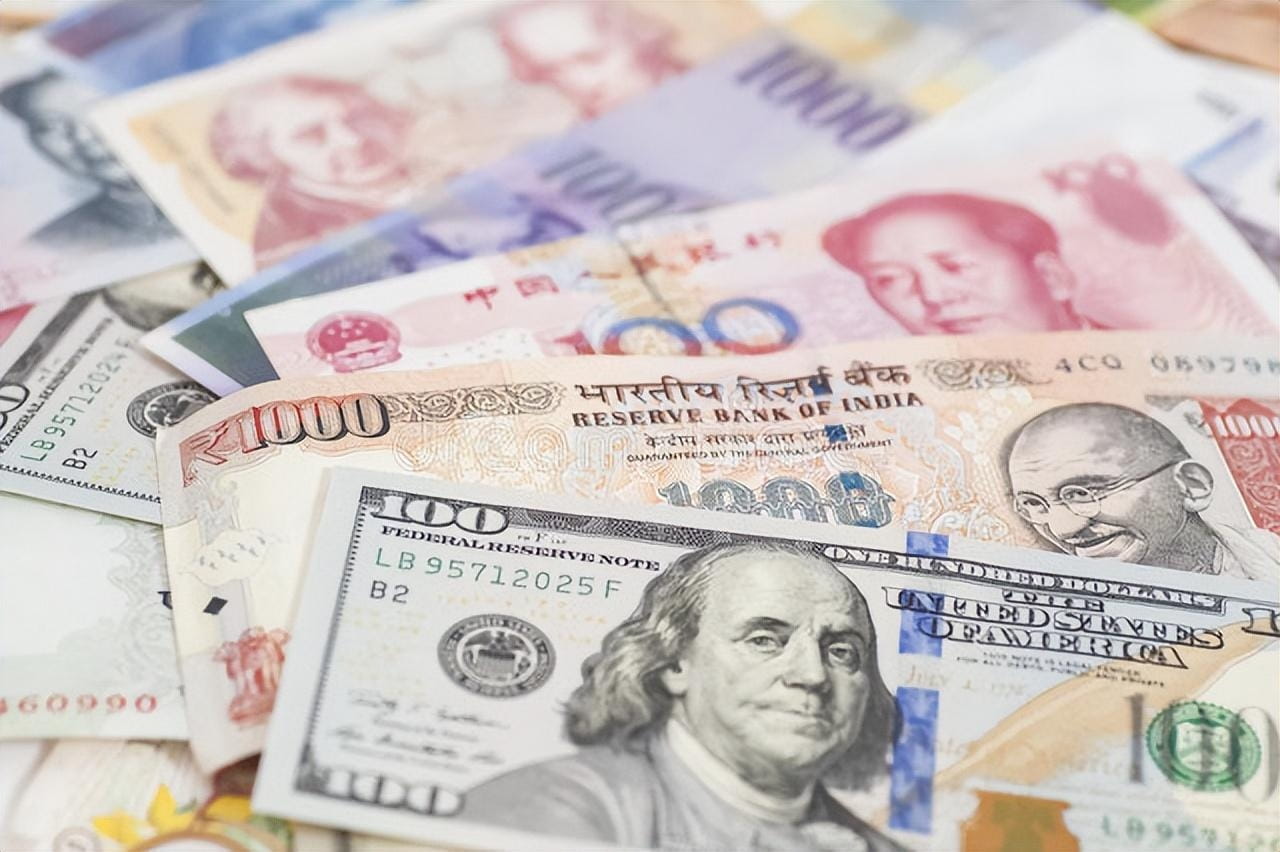
On October 3, the Hong Kong stock market retreated, which partly reflected the competition between international and domestic funds for asset pricing dominance. The attempt to curb the Hong Kong stock market and open up a path for international capital to enter does not seem to have worked. The Hong Kong stock market still showed strong momentum after a one-day correction. At this time, if the United States falsifies non-agricultural employment data and suspends the interest rate hike plan, its intention is obviously to curb the overheating of US dollar capital. The "Special Committee on China" established by the U.S. House of Representatives has eagerly declared that "U.S. capital investing in China is equivalent to burying itself." This argument is not entirely without basis. The problem is whether it can obtain cheap assets. If it is bought at a high price, isn't this what I compare to "moths to the flame" and what they call "self-burial"?
As a result, the United States immediately switched from an offensive to a defensive stance and was forced to transform its financial offense into financial defense.
Obviously, the growth of the Chinese stock market is not controlled by the intentions of Wall Street and US dollar funds. It is a widely accepted view that A-shares are considered to be undervalued in the world. When Buffett sold US stocks and cashed out hundreds of billions of dollars, his purpose was obviously not to hold these funds to earn interest income. Even so, he also hoped that the Federal Reserve System would no longer reduce interest rates, but can the US economic situation really tolerate high interest rates for a long time?
A major global contest has begun. Regardless of the injection of US dollar capital, A shares have the opportunity to rise, but the magnitude of the rise may be different. We remain patient for the time being, and the United States is also holding its ground and holding on together. We are about to witness whether the Chinese stock market can continue to rise, or whether the U.S. interest rate cutting strategy has more staying power.
No matter how complicated the world is, there will always be dazzling and wonderful scenes. Once the financial war turns into financial defense and then unexpectedly turns into financial offense, this drama will be full of climaxes and fascinating. However, for the stock god Buffett, they are undoubtedly facing existing theories and new challenges, so they can only wait and see for the time being. When the stock gods finally make a decision, it is expected that the climax is about to come and the battle is halfway through.
Indeed, it is not too late to join in the middle. If he has not decided to participate in the competition halfway through, the A-share market may only maintain the status quo and it will be difficult to rise sharply in sync with the US stock market. The most severe fact is that the US stock market is already flying high. When Berkshire Hathaway has significantly reduced its holdings of US stocks, will he throw himself into it again and sacrifice his life for the stock? #大A香还是大饼香 #非农人数大幅升温 #币安LaunchpoolSCR #Moonbix #鄂B炒家




